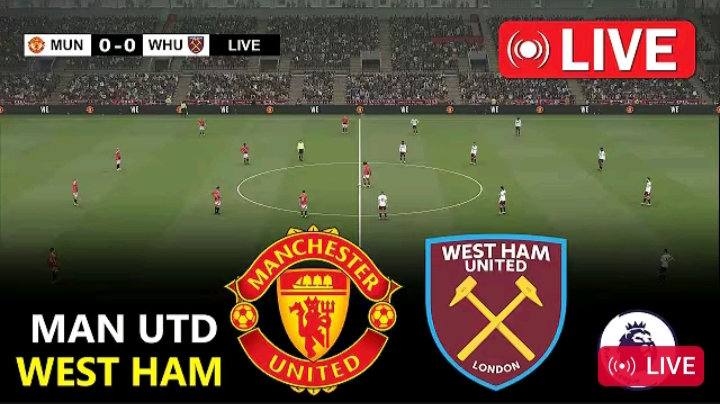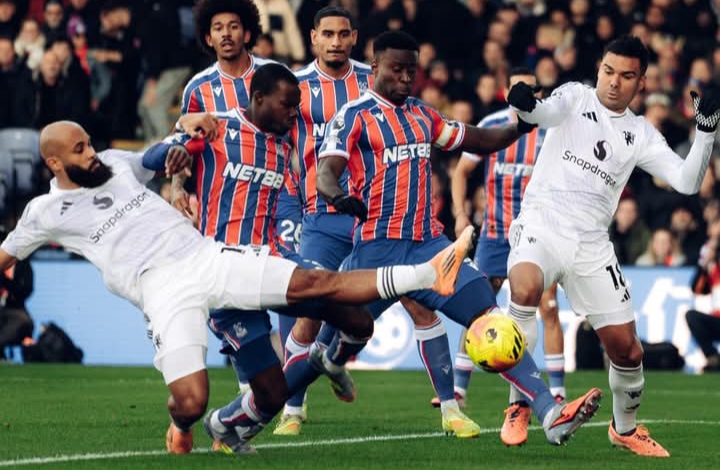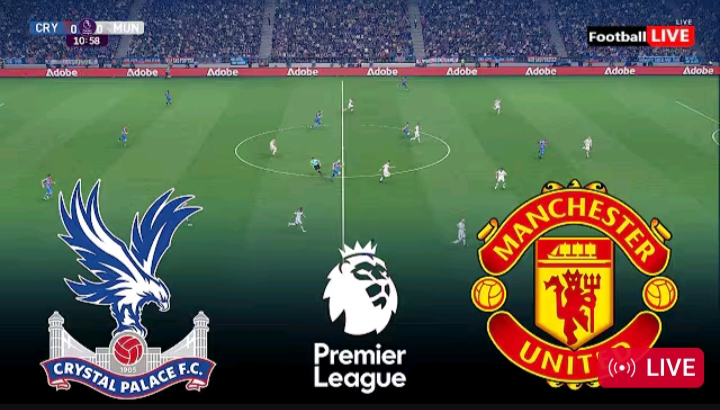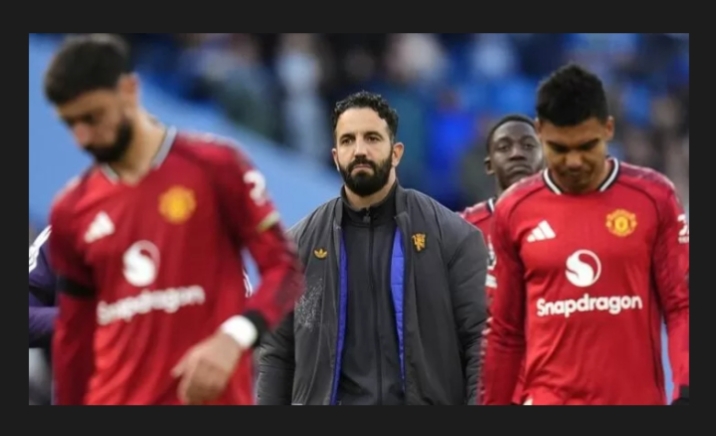FIFA Unveil World Cup Ball — and It’s Powered by AI ⚽
Chiefs Laud ‘Most Advanced Ball Ever Created’
In a dramatic leap into the future of football, FIFA and adidas have officially unveiled the match ball for the 2026 FIFA World Cup, and it isn’t just a ball anymore — it’s a piece of smart tech. Dubbed the Trionda, the new ball will feature embedded sensors and AI-driven connectivity, enabling real-time data transmission to assist referees and enhance match analysis.
The announcement has reverberated across the football world, with pundits, technologists, and fans alike lauding it as the “most advanced ball ever created.” But with ambition comes scrutiny — how will it work in practice, and will it truly transform officiating and gameplay?
—
Introducing Trionda: Technology Meets Tradition
At its core, Trionda (a blend of “tri” for the three host nations — United States, Canada, Mexico — and “onda,” meaning “wave” in Spanish) is a masterclass in blending aesthetics, performance, and innovation.
Where past World Cup balls have aimed primarily at flight stability, grip, and responsiveness, Trionda elevates the concept by integrating a motion sensor chip into one of its panels. This chip leverages Connected Ball Technology, enabling the ball to relay granular data — each touch, movement, and spin — to the Video Assistant Referee (VAR) system in real time.
Unlike earlier models (for example, the Al Rihla ball in 2022, which featured a central inertial measurement unit) , Trionda’s tech is more distributed and refined. The chip is not placed centrally but offset to maintain balance, and the ball is built with only four panels — the lowest panel count ever used in a World Cup match ball — a design choice that improves aerodynamics and stability.
The visual design deeply connects with the tri-nation hosts: blue (with stars) for the USA, red (with a maple leaf) for Canada, and green (with an eagle) for Mexico. The graphics converge in the center, symbolizing unity across borders.
—
What “AI-Powered” Really Means
The term “AI-powered” here refers to the ball’s ability to feed data into machine learning systems and algorithms that assist decision-making, particularly in refereeing. The real-time sensor inputs are merged with AI tools to improve accuracy and speed on critical calls — especially offside and handball judgments.
For example:
When the ball is touched, the chip registers position, velocity, spin, and movement vectors instantaneously.
This data is cross-referenced with positional data from cameras and other tracking systems.
The AI system can then flag borderline calls, alert the VAR team, or offer supplementary evidence.
In theory, it cuts down human debate over ambiguous situations, giving referees a more objective “second opinion.”
Because previous methods — relying solely on optical cameras and human interpretation — are often challenged by occlusions, angles, or split-second timing, embedding sensor-level data promises a new dimension of precision.
—
“Most Advanced Ball Ever” — A Bold Claim
In unveiling Trionda, adidas and FIFA have not shied from hyperbole. adidas officials have claimed it’s their most visually playful and technologically advanced World Cup ball ever.
Supporters say that the move positions football at the frontier of sports tech. By embedding AI capabilities directly into the ball, we are entering a new era where the physical object on the pitch becomes a node in a data network — a bridge between human decisions and machine insight.
Skeptics, however, caution against overpromise. They raise questions about:
Reliability under pressure: Will the sensors hold up under extreme conditions — weather, intense strikes, abrasion?
Interpretation and trust: Data is only as good as the AI algorithms. Will controversial calls still arise, and how transparent will these systems be to players and fans?
Costs and access: Will this technology trickle down to lower leagues, or remain an elite privilege?
False positives/negatives: Sensor data may not account for context, player intent, or complex situations.
Still, many believe that, cautiously and incrementally, such technology is the logical next step in making the game fairer and more consistent.
—
Testing Across Climates & Conditions
One of the unique challenges for the 2026 World Cup is its geographic spread: matches will be held across 16 host cities in three countries, each with distinct climates, altitudes, humidity, and temperature profiles.
To address this, adidas engineers subjected Trionda to rigorous testing — both in labs under controlled humidity and temperature, and in real-world trials across several prospective host cities.
They tuned the ball’s grip texture, seam geometry, panel layout, and weight distribution to ensure performance consistency — meaning players should feel the same behavior whether they’re in Vancouver or Mexico City.
According to the developers, Trionda is the “most tested ball we’ve ever had,” with feedback loops from amateur and pro players alike to fine-tune performance.
—
Impacts for Players, Coaches, and Officials
For Players
Enhanced predictability: Better aerodynamics and panel design can reduce erratic flights and help players calibrate passes and shots more accurately.
Real-time feedback: Ball data may inform training metrics, helping players optimize strike timing, spin, or trajectory.
Psychological shift: Knowing every touch is captured may influence how players approach high-stakes moments (e.g., avoiding ambiguous handballs).
For Coaches & Analysts
Deep analytics: Every pass, dribble, flick, and touch becomes data. Patterns of play, player positioning relative to movement of the ball, and off-ball dynamics can be scrutinized in granular detail.
Tactical insight: Coaches may get new tools to identify inefficiencies or optimize formations based on ball-centred data.
Adjustment speed: Mid-game patterns might be identified faster, enabling in-game tactical tweaks.
For Referees & VAR
Decision support: Sensor data provides a supplementary layer to optical video, especially in tight offside/handball cases.
Faster resolution: AI algorithms can escalate or highlight contentious plays swiftly, theoretically reducing VAR delays.
Increased scrutiny: Every call may be held to a higher standard; the technology raises expectations of precision and accountability.
—
Challenges Ahead & What to Watch
1. Transparency & Accountability
If a controversial call is “overturned by AI data,” will fans, teams, or referees get access to that data? Will the logic be explained? A black-box system may breed mistrust.
2. Sensor Failures / Calibration Errors
In extreme matches or after heavy impact, sensors could malfunction or drift. Redundancy and calibration protocols will be essential.
3. Integration with Legacy Systems
The AI from the ball must integrate seamlessly with existing VAR camera networks, referee tools, and broadcasting systems. Compatibility and latency issues will matter.
4. Player Acceptance
Some players may resist the shift, fearing that mistakes or unpredictability are part of football’s drama. Convincing the talent on the pitch is crucial.
5. Downstream Adoption
Will lower leagues, youth systems, and grassroots football adopt versions of Trionda (or scaled-down models)? The trickle-down effect could redefine how the sport is played broadly.
—
Final Thoughts
The unveiling of Trionda marks a new frontier in football — a shift from purely mechanical sporting equipment to smart, connected gear. FIFA and adidas are betting big that this ball will not just be a headline-grabber, but a functional enabler of more accurate officiating, deeper analytics, and a fresh wave of innovation in the sport.
Critics will monitor early matches closely. If Trionda functions as promised — stable in all environments, reliable under duress, and actually helpful to referees and coaches — it might be remembered as the beginning of a new era. If it falters, the backlash could be loud.
But for now, as the world watches the kickoff in 2026 loom closer, there’s no denying the excitement: football’s most basic instrument — the humble ball — is evolving into a high-tech frontier.











Leave a Reply